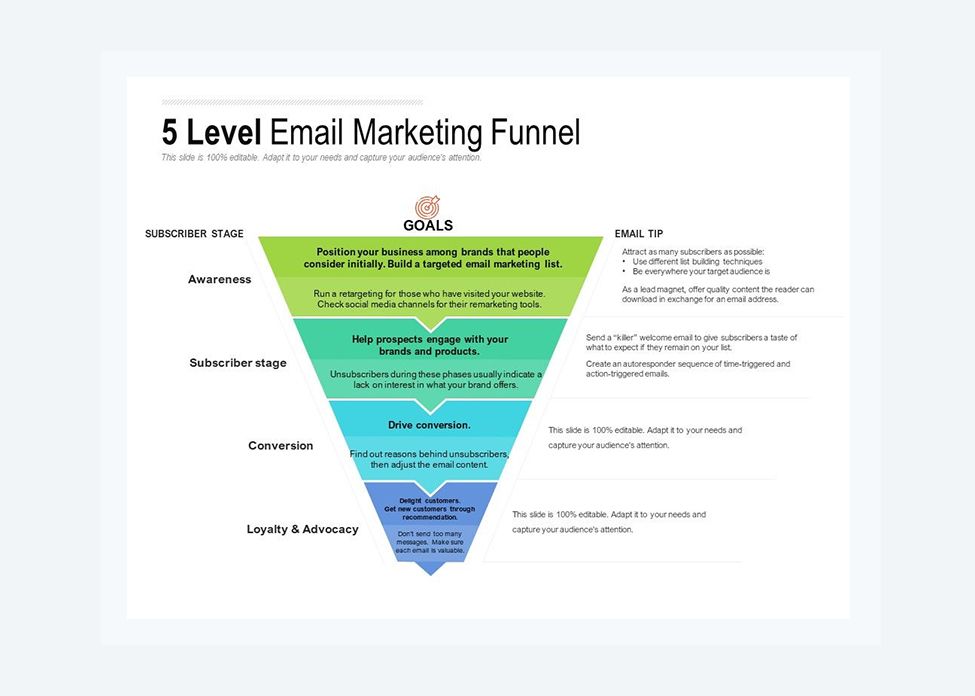Email Marketing Campaigns that Convert
In today’s digital age, email marketing continues to be one of the most effective ways for tech companies to reach and engage with their target audience. With a well-planned email marketing campaign, businesses can drive conversions, increase brand awareness, and build lasting relationships with their customers. In this article, we will discuss the key components of a successful email marketing campaign that converts.
Understanding Your Audience
The first step in creating a successful email marketing campaign is to understand your target audience. By gathering data on your customers’ preferences, behaviors, and interests, you can tailor your email content to resonate with them. Consider creating buyer personas to help you segment your audience and send targeted messages that are relevant to their needs and interests.
Compelling Subject Lines
The subject line is the first thing recipients see when they receive an email. A compelling subject line can catch their attention and entice them to open the email. Use clear, concise language and avoid using spammy phrases or excessive punctuation. Personalization can also be effective in increasing open rates. Experiment with different subject lines to see what works best for your audience.
Engaging Content
Once recipients open your email, the content must be engaging and informative. Use a mix of text, images, and videos to keep readers interested. Include a clear call-to-action that prompts recipients to take the next step, whether it’s making a purchase, signing up for a free trial, or downloading a whitepaper. Keep your content concise and relevant to ensure that recipients stay engaged.
Mobile Optimization
With the increasing use of mobile devices, it’s essential to optimize your email campaigns for mobile users. Ensure that your emails are responsive and can be easily viewed on smartphones and tablets. Use a single-column layout, large font sizes, and clear call-to-action buttons to enhance the user experience on mobile devices. Testing your emails on different devices and email clients can help ensure compatibility.
Segmentation and Personalization
Segmenting your email list based on demographics, behaviors, and preferences allows you to send targeted messages that are more likely to resonate with recipients. Personalization also plays a crucial role in increasing engagement and conversions. Use recipients’ names, personalized recommendations, and dynamic content to create a more personalized experience for your subscribers.
A/B Testing
A/B testing allows you to experiment with different email elements, such as subject lines, content, and call-to-action buttons, to determine what resonates best with your audience. Test one variable at a time and analyze the results to refine your email strategy. Continuously testing and optimizing your campaigns can lead to higher conversion rates and a better return on investment.
Automated Workflows
Automated workflows can help streamline your email marketing efforts and ensure that the right message reaches the right audience at the right time. Set up automated campaigns such as welcome emails, abandoned cart reminders, and follow-up emails to nurture leads and engage with customers throughout their journey. Monitor the performance of your automated workflows and make adjustments as needed to maximize results.
Conclusion
Email marketing remains a powerful tool for tech companies to drive conversions and build relationships with their customers. By understanding your audience, creating compelling content, optimizing for mobile, segmenting and personalizing your emails, testing different elements, and implementing automated workflows, you can create email marketing campaigns that convert. Remember to analyze your results and continuously refine your strategy to achieve the best possible outcomes.


